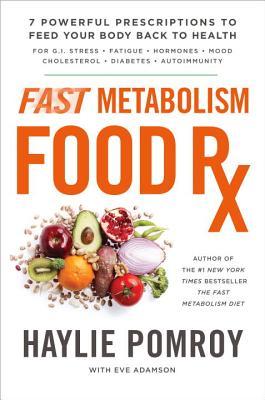 |
Sorting the Beef from the Bull
by Richard Evershed and Nicola Temple ISBN-13: 9781472911339 Hardcover: 320 pages Publisher: Bloomsbury Sigma Released: April 26, 2016 |
Source: ebook review copy from the publisher through NetGalley.
Book Description from Goodreads:
Horse meat in our burgers, melamine in our infant formula, artificial colors in our fish and fruit. As our urban lifestyle takes us farther away from our food sources, there are increasing opportunities for dishonesty, duplicity, and profit-making shortcuts.
Food adulteration, motivated by money, is an issue that has spanned the globe throughout human history. Whether it's a matter of making a good quality oil stretch a bit further by adding a little extra "something" or labeling a food falsely to appeal to current consumer trends--it's all food fraud. Consumers may pay the ultimate costs for these crimes, with their health and, in some cases, their lives. So how do we sort the beef from the bull (or horse, as the case may be)?
Illustrious analytical chemist Richard Evershed and science writer Nicola Temple explain the scientific tools and techniques that have revealed the century's biggest food fraud scams. They explore the arms race between scientists and adulterators as better techniques for detection spur more creative and sophisticated means of adulteration, and review the up-and-coming techniques and devices that will help the industry and consumers fight food fraud in the future.
My Review:
Sorting the Beef from the Bull describes various types of food fraud and what scientists and consumers can do about it. While there is some "science talk" when describing how food fraud can be detected, the authors did a good job of explaining those tests in a way that non-scientists can follow. If you can follow a CSI-type show, then you can follow this book.
The authors started by giving an overview of food adulteration, then they described the origins of food fraud detection and compared it to what's currently being done about it. Next they looked at specific categories of food and described past methods of adulteration, what scientists can do to detect that adulteration, and what the consumer can do to avoid it.
The categories they covered were vegetable oil (including rapeseed, maize, and olive oil); fish; beef; milk, butter, and cheese; spices (including pepper, paprika, cayenne, chillies, cinnamon, coriander, cumin, ginger, nutmeg, saffron, salt, turmeric, and vanilla); beverages (including juice and wine); and whole fruits, vegetables, grains, and seeds.
The cases came from all over the world, but they mainly looked at cases in the UK, USA, and China. I appreciate that the authors gave advice on how the average consumer can try to avoid or detect adulterated products. I'm glad I'm informed now, and I'd recommend this book to anyone who wants to know more about food fraud.
If you've read this book, what do you think about it? I'd be honored if you wrote your own opinion of the book in the comments.
Excerpt: Read an excerpt using Google Preview.







